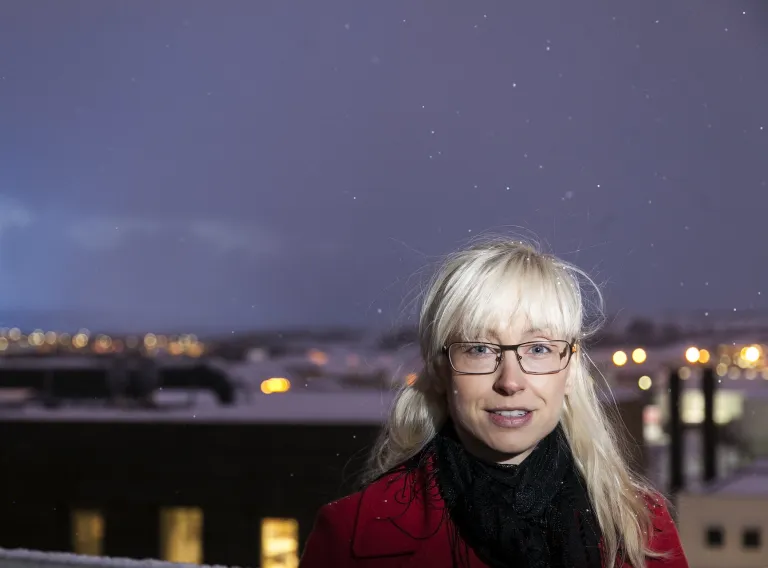
“It is important to know where chemicals that are released into the atmosphere end up in order to evaluate whether they are seen as pollutants, and if so, how to counteract emissions,” says the doctoral student Snjólaug Ólafsdóttir.
Her project focuses on finding out where hydrogen sulphite from the geothermal power stations in Nesjavellir and Hellisheiði end up. Hydrogen sulphite is released into the atmosphere along with other geothermal gas and Ólafsdóttir wants to find out how it is distributed and erodes in nature.
Hydrogen sulphite is a gas with a pungent smell and can be poisonous in large quantities. The smell is familiar to many who have visited geothermal areas; the natural source of the gas. The results of Ólafsdóttir’s research are very intriguing. It has been revealed that weather forecasts could prove useful to predict whether the hydrogen sulphite’s strength exceeds the health limits in the greater metropolitan area. According to Ólafsdóttir, the strength is at its highest in the city when the weather conditions consist of easterly wind, steady atmosphere, light wind and temperatures below three degrees.



